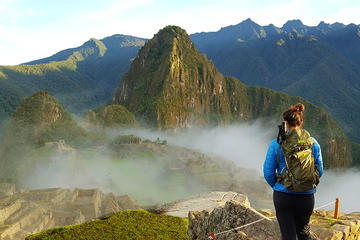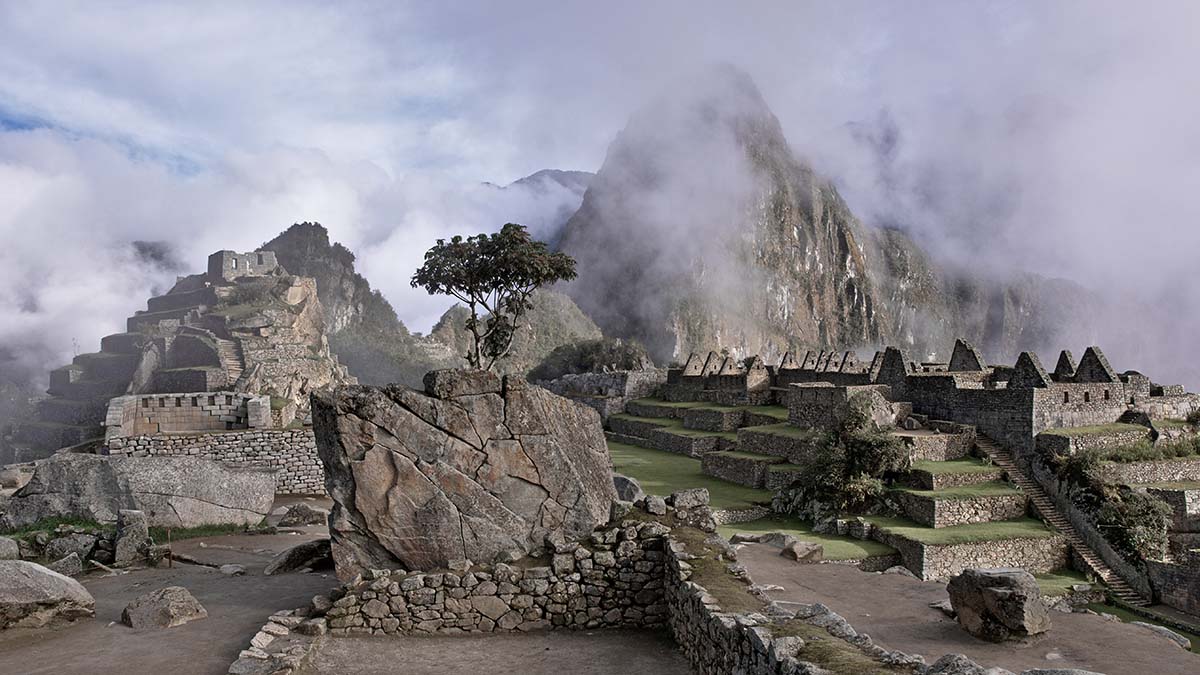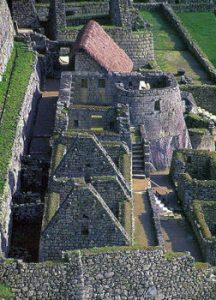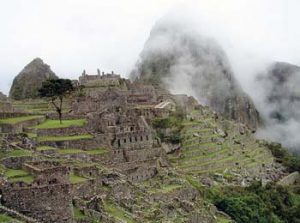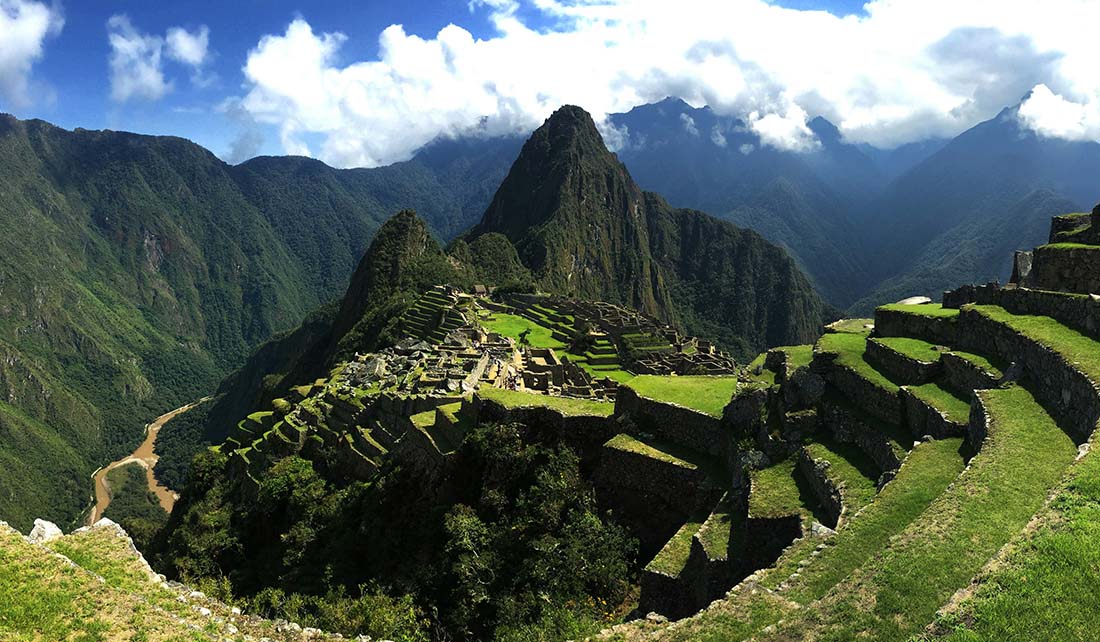
Machu Picchu became an insanely popular destination over the course of years, and I for one am not surprised.
But with so many people going there, you gotta watch out. The tour companies will try to charge you like crazy just to show you some old rocks. I’m not saying it’s not worth it – it totally is. But do you really want to waste money on a “tour” where all you do is take a bus ride?
That’s why I decided to put this guide together. I’m gonna give you the real deal – how to see Machu Picchu and actually experience it without burning a whole through your pocket. Let’s get right into it.
When to Go?
The perfect timing for the Machu Picchu Peru tour would be between April and October – according to the agencies. Why? Because the demand is huge, and they can inflate the prices. That way, you’re getting a harsh sun and peak crowds. On the other hand, if you visit this site in March or November, you can get better deals and more comfortable weather conditions.
Accommodation Costs
Rentals and hotels close to Machu Picchu are not cheap. But if you plan the trip in advance and book early, you may spot some attractive prices. Dorm beds are also an option if you feel comfortable sharing a room with the whole group.
Boleto Turistico Instead of Machu Picchu
The Boleto Turistico is a local pass to access various historical and archeological sites around Peru. If you plan on visiting more than one historical site around, it’s better to invest in this pass instead of individual tickets.
Tips on Saving Money While Exploring Machu Picchu
We suggest you avoid the on-site souvenir sellers because the prices are higher than they should be. Skip on tourist traps like food stands and overpriced on-site restaurants, because the prices can be really huge. Instead, explore the local markets, so you can find both delicious food and nice souvenirs.
We also suggest discovering the Inca Trail with no guide, especially if you’re an experienced hiker. Always have a map with you, so you can discover the breathtaking views. The Boleto Turistico permit allows you to extend the Machu Picchu experience to new heights, with no need to pay additional fees.
Learn Some Spanish
Spanish is easy to learn, especially the basic phrases. It may help you get some discounts on tickets and souvenir prices. Also, you’ll navigate the markets and transportation better, while connecting with the locals easily.
Summary
I know Machu Picchu looks awesome in the brochures, but you gotta watch out for those tourist traps ruining the fun! I gave you a few tips that should save you some cash and let you see more than just overpriced gift shops.
Instead of just following the crowds, think about planning your own trip. Go when it’s not packed full of people elbowing you out of the way for selfies. And forget about rushing through to check it off your list – slow down and really appreciate what the Incas built there!
Spanish phrases and history facts are cool, but the best way to experience Peru is with an open mind. Use what I told you about timing it right and making your own adventure. That way you’ll really understand what makes Machu Picchu and the other sites so special, instead of just taking a quick picture and moving on to the next thing.




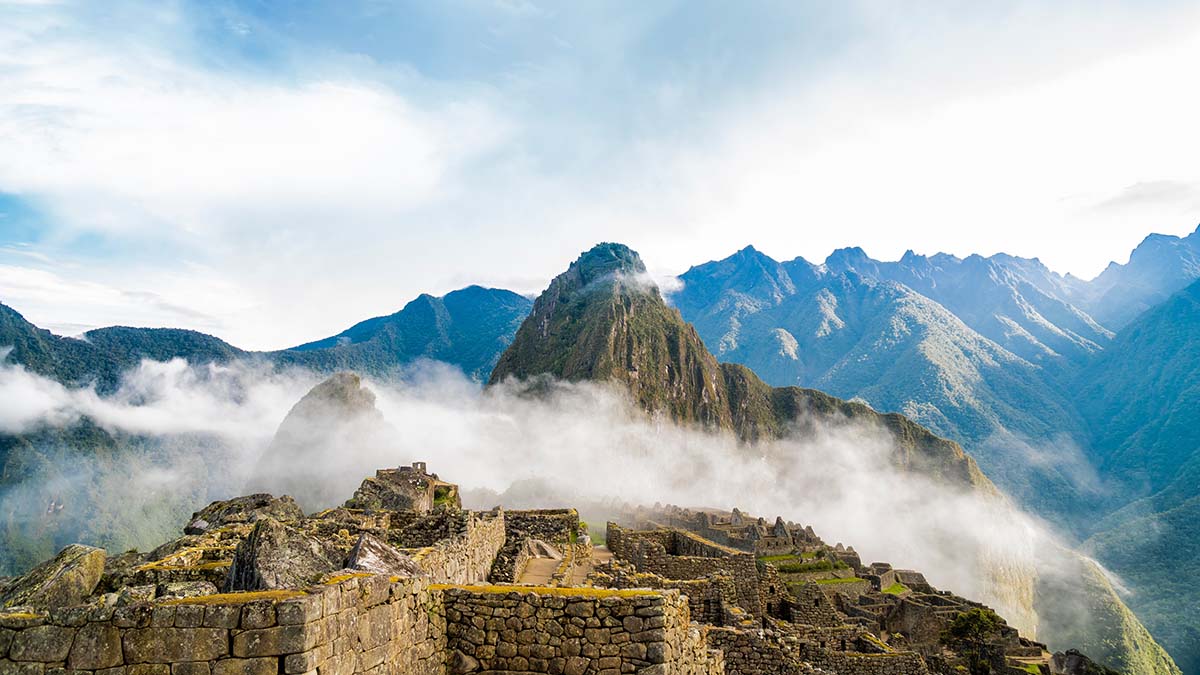
 Coming down into the bulk of the ruins, I walk along the extensive agriculture terraces that flow down the mountainside. They don’t seem to end – eventually the vegetation just thickens and pulls the terraces from my sight. The terrace system has interesting benefits that I, being more familiar with farming on plains, would not have predicted. The terraces vary in temperature as they climb the mountainside. This allowed the farmers to plant various types of crops in their ideal conditions. Also, rain directed nutrients from the higher crops to improve the soil below.
Coming down into the bulk of the ruins, I walk along the extensive agriculture terraces that flow down the mountainside. They don’t seem to end – eventually the vegetation just thickens and pulls the terraces from my sight. The terrace system has interesting benefits that I, being more familiar with farming on plains, would not have predicted. The terraces vary in temperature as they climb the mountainside. This allowed the farmers to plant various types of crops in their ideal conditions. Also, rain directed nutrients from the higher crops to improve the soil below. I enter the ceremonial area, and come upon the Temple of the Sun, a semi-circular temple made with well-worked stones. The stones interlock and hold together without using mortar. This is a common trait of Inca architecture that makes it earthquake-resistant. Inside the structure is a large altar and a trapezoidal window that is thought to have been used for astronomical observation. Below the temple is a cave called the Royal Tomb, even though no human remains have ever been found there.
I enter the ceremonial area, and come upon the Temple of the Sun, a semi-circular temple made with well-worked stones. The stones interlock and hold together without using mortar. This is a common trait of Inca architecture that makes it earthquake-resistant. Inside the structure is a large altar and a trapezoidal window that is thought to have been used for astronomical observation. Below the temple is a cave called the Royal Tomb, even though no human remains have ever been found there. I continue up a staircase past a series of ceremonial baths to a quarry. The scattered boulders seem to emphasize the incomplete nature of Machu Picchu. Despite the extensive work the Incas put into this series of mountaintop structures, they never completed the city.
I continue up a staircase past a series of ceremonial baths to a quarry. The scattered boulders seem to emphasize the incomplete nature of Machu Picchu. Despite the extensive work the Incas put into this series of mountaintop structures, they never completed the city.
 Crossing the central plaza leads me into the residential area of the ruins. It is easy to tell that the stonework is of lower quality than what I saw in the ceremonial area. The structures are simple and domestic, making it easy to imagine people using these stone buildings as houses.
Crossing the central plaza leads me into the residential area of the ruins. It is easy to tell that the stonework is of lower quality than what I saw in the ceremonial area. The structures are simple and domestic, making it easy to imagine people using these stone buildings as houses.